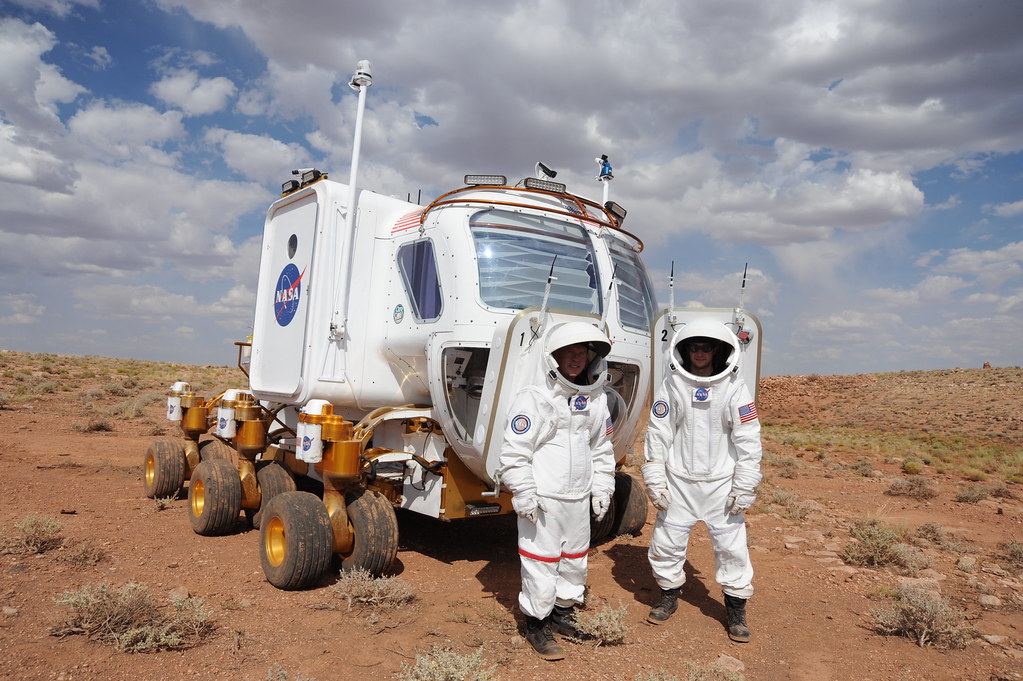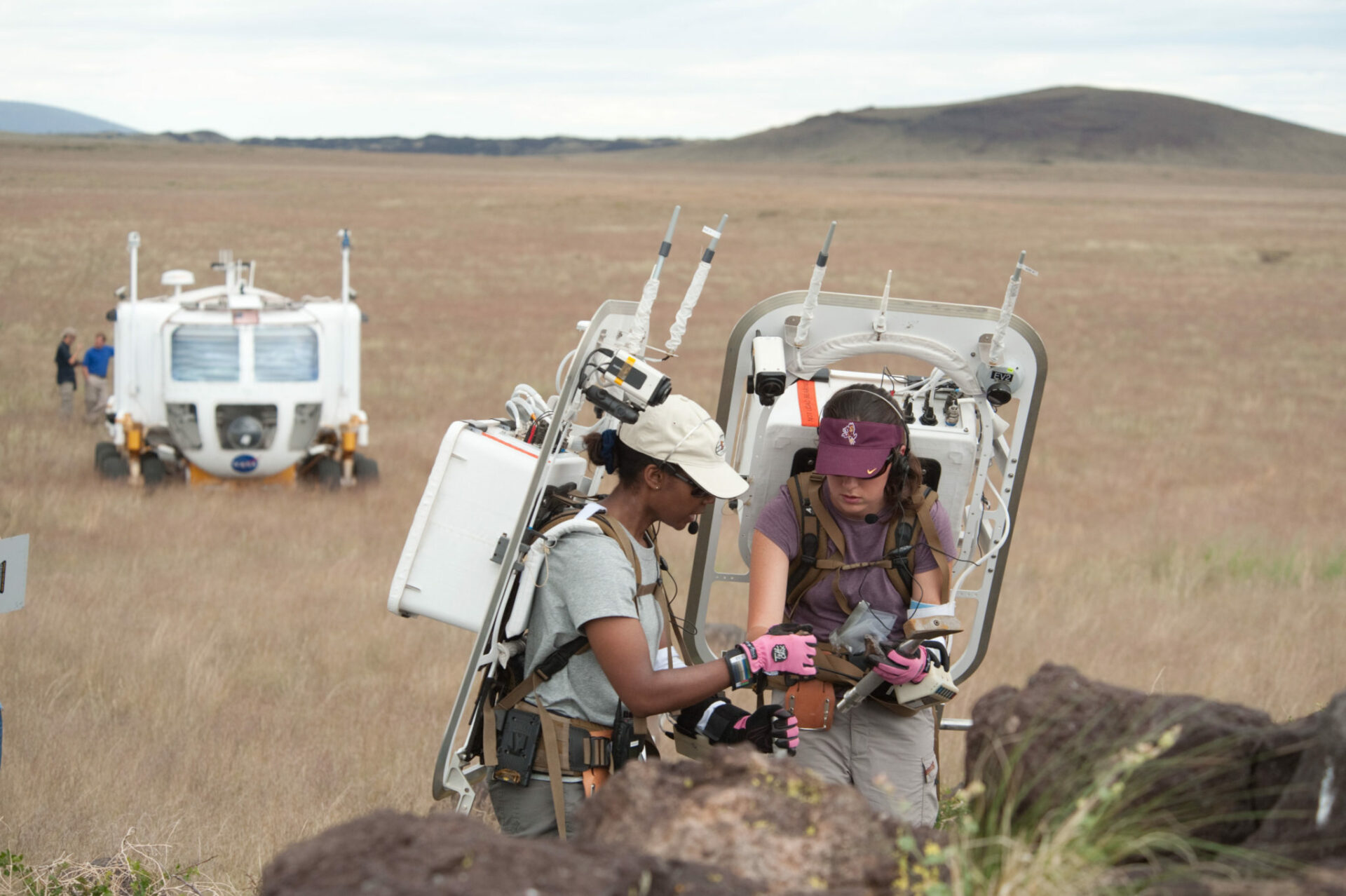A team of astronauts from NASA and Japan’s JAXA are in the Arizona desert, where they are testing a lunar rover and other technologies that will later be sent to the Moon. The current members of the expedition are NASA astronauts Jessica Meir and Stan Love, as well as Japanese colleagues Aki Hoshide and Norishige Kanai.

Research on D-RATS technologies in the desert has been conducted annually since the late 1990s. But it is this mission that is becoming the most important, as the space agency is on the threshold of a new era of conquering the Moon with its Artemis program.
“D-RATS will consist of three simulation missions, each of which will last three days. The unique location of the Arizona desert will allow teams to simulate the conditions astronauts will experience near the Moon’s South Pole during Artemis missions, including challenging terrain, interesting geology and minimal communication,” NASA explained.

The astronauts’ mission in the desert will last until October 22 and will include a thorough test of the JAXA lunar rover. Astronauts will live and work inside the lunar rover for 72 hours so that engineers can determine whether it is capable of safely coping with difficult conditions on the Moon.
“The crew will work in conditions very close to the real mission. They will travel carefully through the desert, leaving the spacecraft in special spacesuits, when they meet regions that are interesting from a scientific point of view for research. The mission control team at the Space Center in Houston will monitor the movement of the crew and their actions, help them adhere to the schedule and solve problems,” the agency said.
NASA Artemis
NASA’s Artemis program is set to begin next month with the first launch of the next-generation Space Launch System rocket. The Artemis I mission has already experienced several delays due to technical problems, but when it finally begins, it will send the Orion spacecraft without a crew to fly around the Moon as part of a test flight.

If successful, Artemis II will send the crew on the same journey, while Artemis III, which may take place as early as 2025, will try to land the first woman and the first African-American on the Moon. After that, the space agency and partners will begin building a permanent base on the Moon, which could become a stepping stone for the first manned mission to Mars, possibly in the late 2030s.
Earlier we reported on how NASA abandoned the Airbus Sample Fetch Rover.
According to NASA
Follow us on Twitter to get the most interesting space news in time
https://twitter.com/ust_magazine

